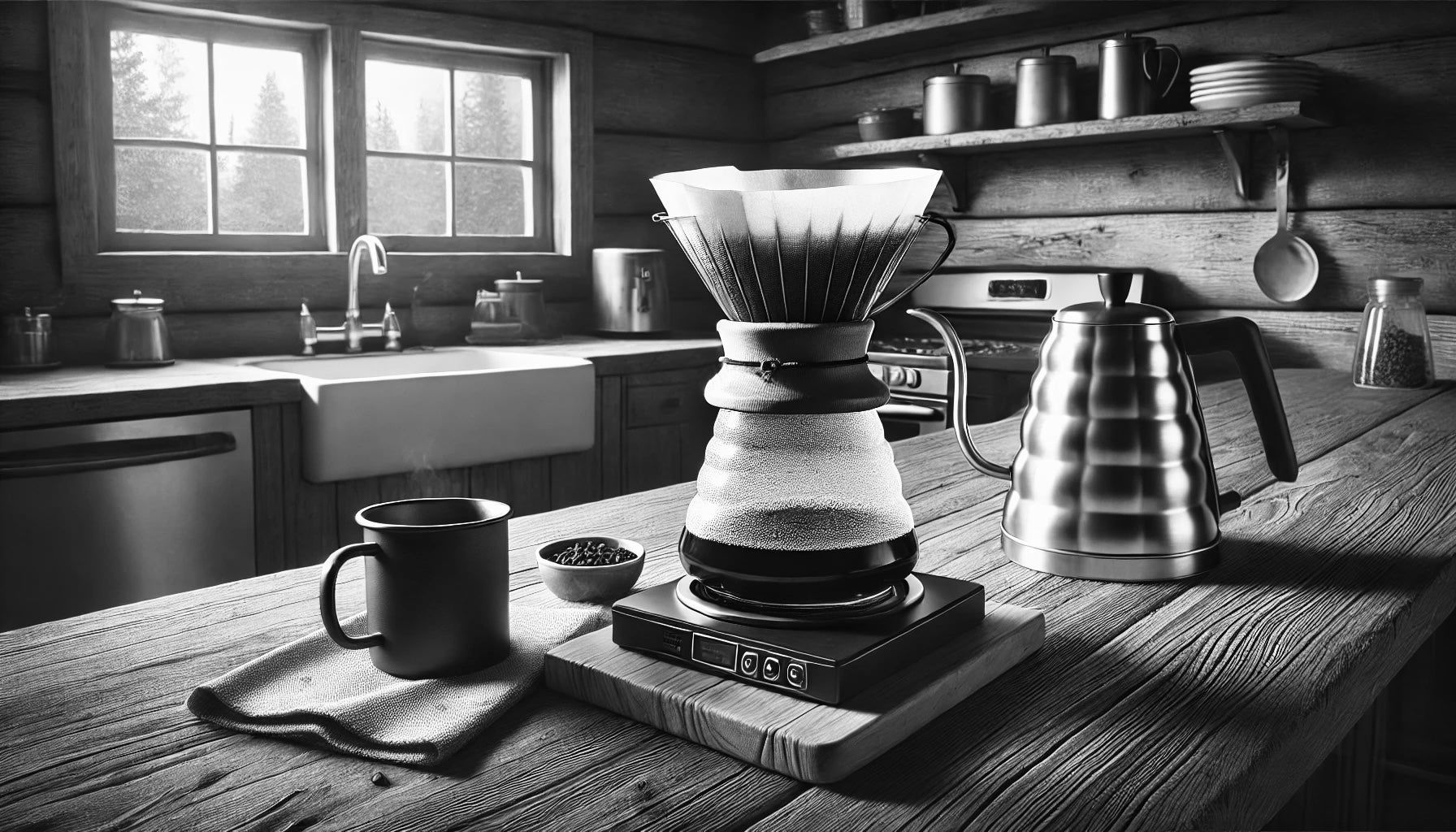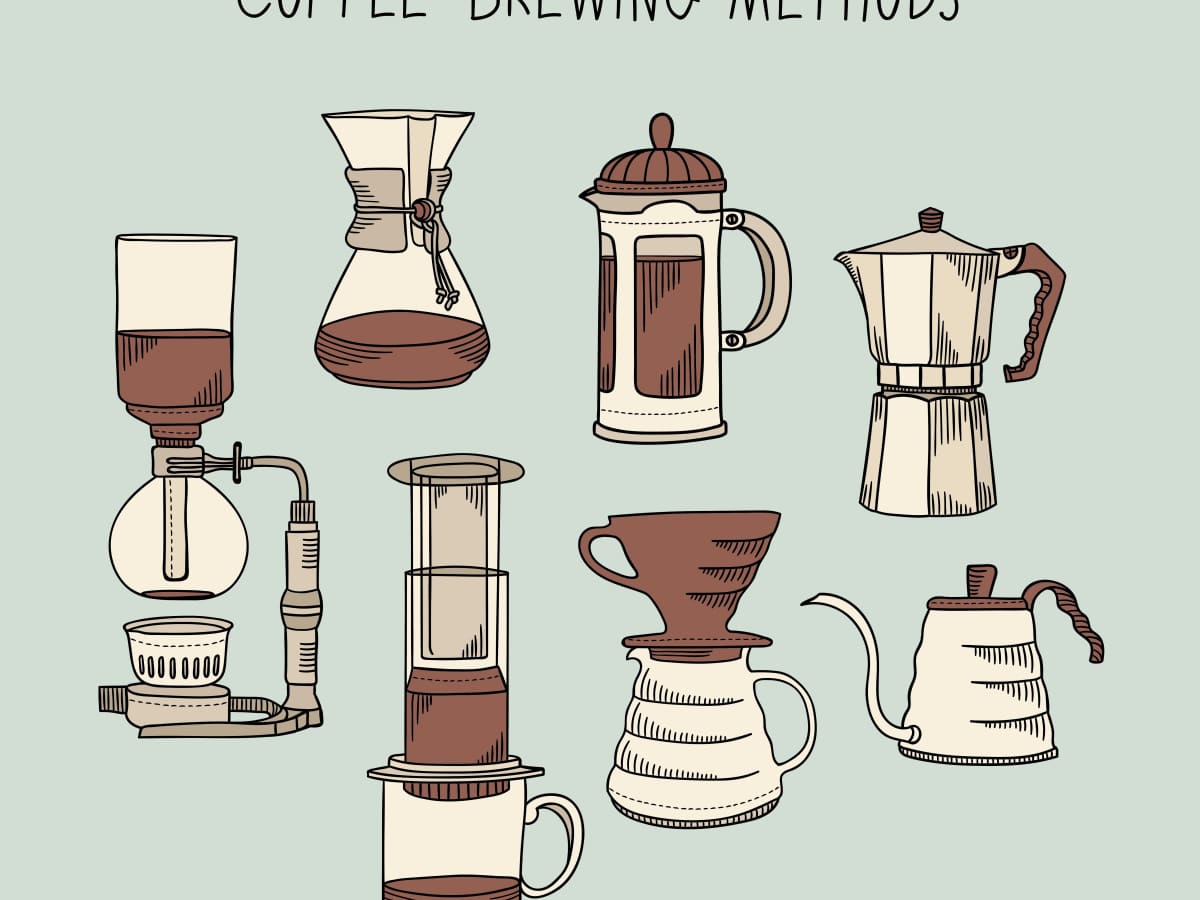Coffee Brewing Methods Demystified: From French Press to Cold Mixture
Coffee Brewing Methods Demystified: From French Press to Cold Mixture
Blog Article
The Scientific Research Behind Coffee Developing: How Temperature Level and Time Affect Your Beverage
Comprehending the science behind coffee developing exposes that temperature and time are not mere variables yet critical components that determine the beverage's flavor account and general top quality. As we explore the subtleties of these aspects, the inquiry arises: just how can one efficiently equilibrium temperature and time to attain that perfect brew?
The Chemistry of Coffee Removal
The chemistry of coffee extraction explores the detailed processes that change raw coffee beans right into the aromatic drink delighted in worldwide. This improvement mainly entails the solubility of various substances present in the beans, which are affected by factors such as work size, water quality, and the brewing approach employed.
During the brewing process, warm water acts as a solvent, drawing out soluble compounds, consisting of caffeine, lipids, sugars, and acids, from the coffee premises. Each compound adds to the taste profile, fragrance, and body of the last drink. For example, acids are accountable for intense and appetizing notes, while oils add to an abundant mouthfeel.
The extraction procedure is not consistent; different substances dissolve at different prices. The preliminary phases of brewing extract acids and sugars, leading to a pleasant acidity, while prolonged removal can result in bitterness due to over-extraction of unwanted compounds. Comprehending these chemical interactions is vital for maximizing brewing methods, as the equilibrium in between removal time and water temperature can significantly affect the total quality of the coffee. Inevitably, grasping the chemistry of coffee extraction is crucial to accomplishing a delicious and well-shaped cup.
Perfect Brewing Temperatures
Locating the ideal developing temperature level is vital for unlocking the full possibility of coffee flavors and fragrances - coffee brewing methods. Research study suggests that the optimal array for brewing coffee exists in between 195 ° F to 205 ° F(90 ° C to 96 ° C) Within this array, the removal process effectively dissolves the desirable soluble compounds in coffee beans, leading to a well balanced and flavorful mug
Developing at reduced temperature levels, such as listed below 195 ° F(90 ° C ), may cause under-extraction, yielding an acidic and weak brew with soft flavors. Conversely, brewing at temperature levels surpassing 205 ° F(96 ° C) can bring about over-extraction, creating a bitter and extreme taste because of the excessive dissolution of unwanted substances, such as tannins.
Furthermore, the excellent developing temperature level can differ depending upon the coffee bean kind and roast level. For example, lighter roasts typically gain from slightly greater temperatures to enhance their complex flavor accounts, while darker roasts might be much better matched to reduced temperatures to mitigate anger.
Inevitably, maintaining precision in developing temperature levels is essential for attaining a harmonious equilibrium of flavors, ensuring that every mug of coffee supplies an enjoyable sensory experience.
Influence of Brewing Time
Brewing time plays a pivotal role in figuring out the flavor profile and overall top quality of coffee. Shorter brewing times can result in under-extraction, leading to a sour or weak taste, as not sufficient soluble substances are liquified.
Optimum brewing time varies depending upon the technique utilized and the grind dimension of the coffee. For instance, a French press normally requires regarding four mins, while espresso extraction is normally finished within 25 to 30 seconds. It is necessary to calibrate brewing time in conjunction with various other variables, such as water temperature level and coffee-to-water proportion, to achieve the preferred flavor profile.
Understanding the impact of brewing time enables coffee enthusiasts to refine their developing strategies, inevitably enhancing the sensory experience of their mug (coffee brewing methods). With mindful focus to this variable, one can unlock the full potential of the coffee, revealing its one-of-a-kind qualities and nuances
Developing Methods and Their Results

For circumstances, approaches like French press and cold brew enable a longer steeping time, causing a fuller body and robust taste due to boosted extraction of oils and soluble solids. Alternatively, espresso developing utilizes high pressure and a much shorter extraction time, creating a concentrated shot that emphasizes intense tastes and a rich crema.
Pour-over strategies, such as Chemex or V60, provide an even more controlled extraction process, enabling the brewer to adjust flow price and water distribution, which can improve illumination and clarity. Percolation techniques cycle water through the coffee premises several times, leading to a more powerful, typically bitter taste.
Last but not least, using paper filters versus steel filters can also influence the final preference; paper filters normally produce a cleaner mug by capturing oils and fine bits, while metal filters enable more oils to go through, adding to a fuller mouthfeel - coffee brewing methods. Understanding these subtleties can boost the coffee experience significantly
Tips for Developing Your Brew
A well-executed mixture can change even the most basic coffee right into an exceptional experience. To achieve this, interest to information is crucial. Start with high-quality, newly roasted beans, as their taste profile decreases in time. Grind the beans right before making to optimize quality, ensuring the grind dimension see here matches your developing method-- coarser for French press and finer for coffee.
Water high quality plays a vital duty; usage filteringed system water devoid of pollutants. The ideal developing temperature varies between 195 ° F and 205 Full Report ° F(90 ° C to 96 ° C ) As well warm can swelter the coffee, while as well amazing might under-extract flavors.
Timing is similarly important. For immersion techniques, soaking for 3 to 5 minutes is optimal, whereas drip methods normally take around five minutes. Explore mixture times to find your favored toughness.

Conclusion
In summary, the complex relationship in between temperature level and time is paramount in the coffee brewing procedure. Comprehending these scientific principles equips people to fine-tune their developing strategies, eventually leading to a much more well balanced and enjoyable coffee experience.
Understanding the science behind coffee developing reveals that temperature and time are not simple variables yet crucial elements that dictate the drink's taste profile and overall top quality. Recognizing these chemical interactions is important for enhancing developing strategies, as the equilibrium between extraction time and water temperature can significantly affect the overall high quality of the coffee.Brewing time plays a pivotal duty in determining the flavor account and overall high quality of coffee. By focusing on these elements-- bean quality, grind size, water temperature level, soaking time, and ratio-- you can boost Web Site your coffee developing process, resulting in a continually remarkable mug.
In recap, the intricate connection in between temperature and time is extremely important in the coffee developing procedure.
Report this page